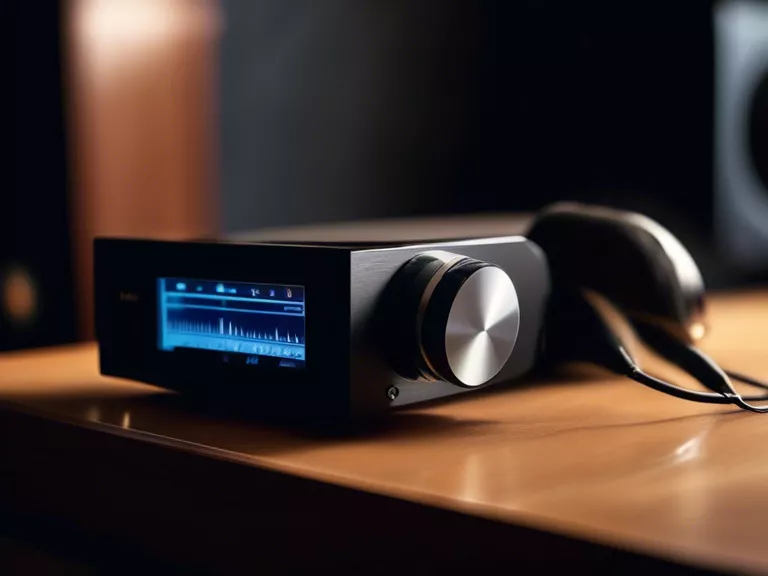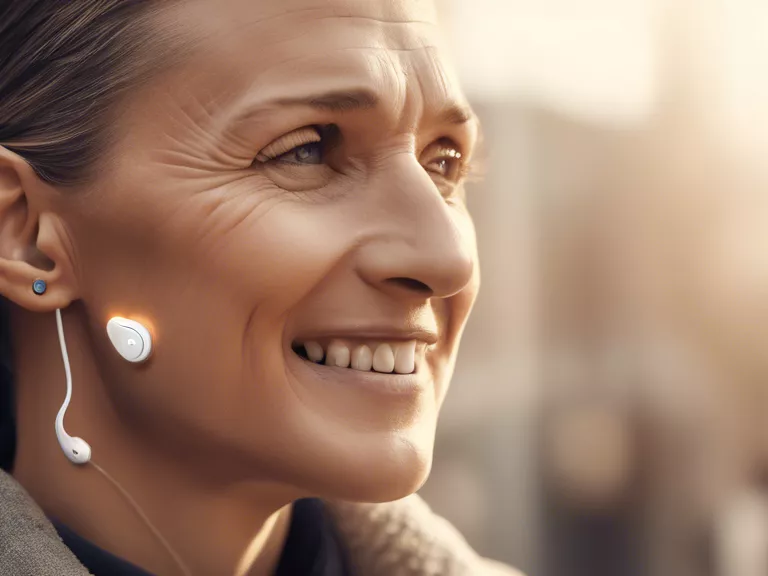
In recent years, the integration of artificial intelligence (AI) in audio devices has revolutionized the way we listen to music, podcasts, and other forms of audio content. These AI-enhanced devices are now able to personalize listening experiences based on the user's preferences, creating a more immersive and tailored experience. From recommending songs based on mood to adjusting audio settings for optimal sound quality, AI is playing a crucial role in enhancing the way we interact with audio content.
One of the key ways in which AI-enhanced audio devices personalize listening experiences is through the use of machine learning algorithms. These algorithms analyze the user's listening habits, preferences, and behavior to create personalized playlists, suggest new content, and optimize the audio settings for the best possible sound quality. By learning from the user's interactions with the device, AI can continuously improve and refine its recommendations, making the listening experience more enjoyable and engaging.
Another way in which AI is personalizing listening experiences is through the use of voice recognition technology. With the ability to understand and respond to voice commands, AI-enhanced audio devices can cater to the user's preferences in real-time. Whether it's adjusting the volume, skipping tracks, or playing a specific song, users can now interact with their audio devices in a more intuitive and personalized way.
Moreover, AI can also monitor the user's biometric data to further personalize the listening experience. By tracking metrics such as heart rate, mood, and stress levels, AI-enhanced devices can adjust the audio content to suit the user's emotional state. For example, if the user is feeling stressed, the device can play calming music to help relax and unwind.
In conclusion, AI-enhanced audio devices are transforming the way we listen to audio content by personalizing the experience based on individual preferences. By leveraging machine learning algorithms, voice recognition technology, and biometric data, these devices are able to create a more immersive, tailored, and engaging listening experience for users.



